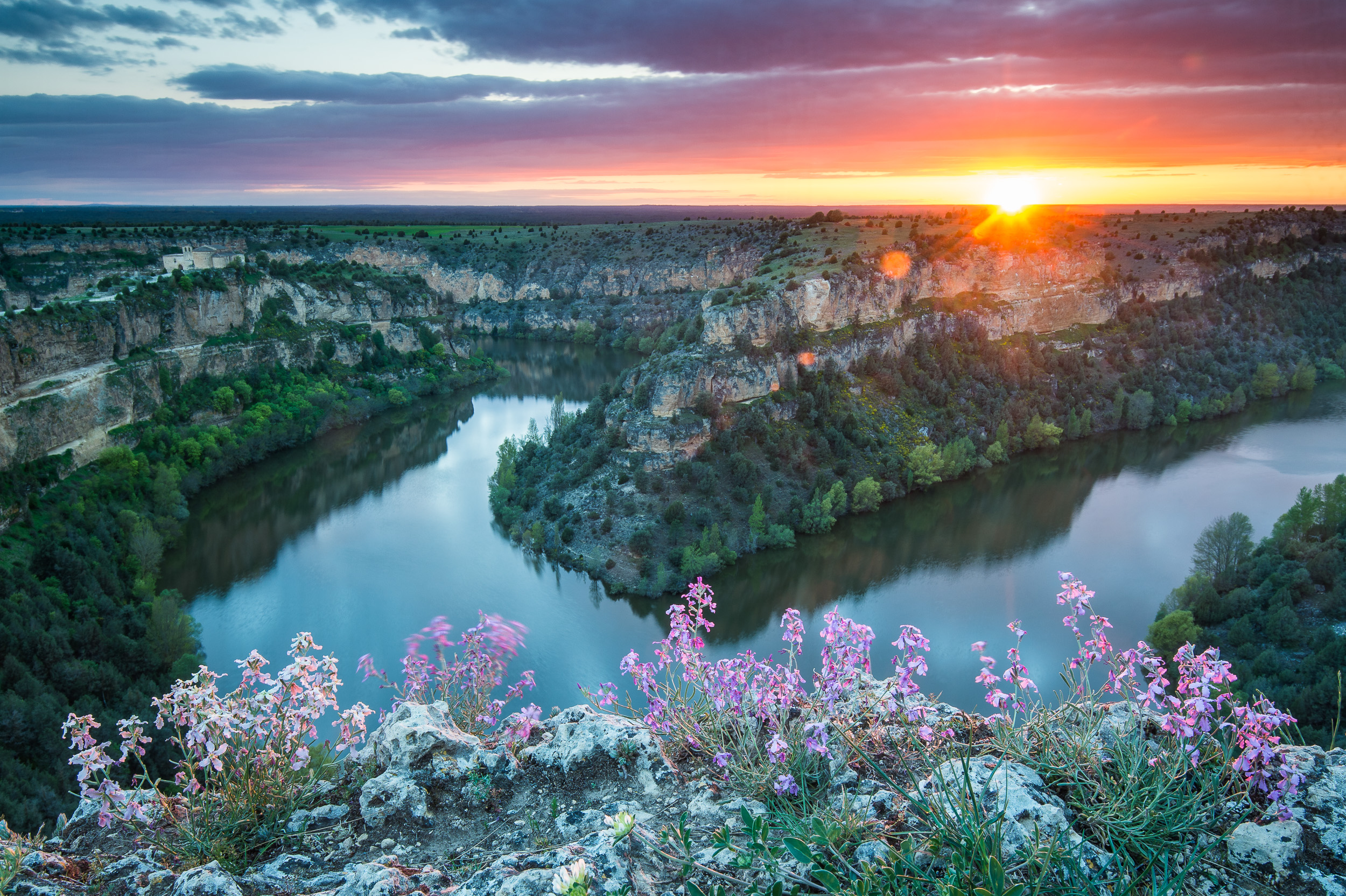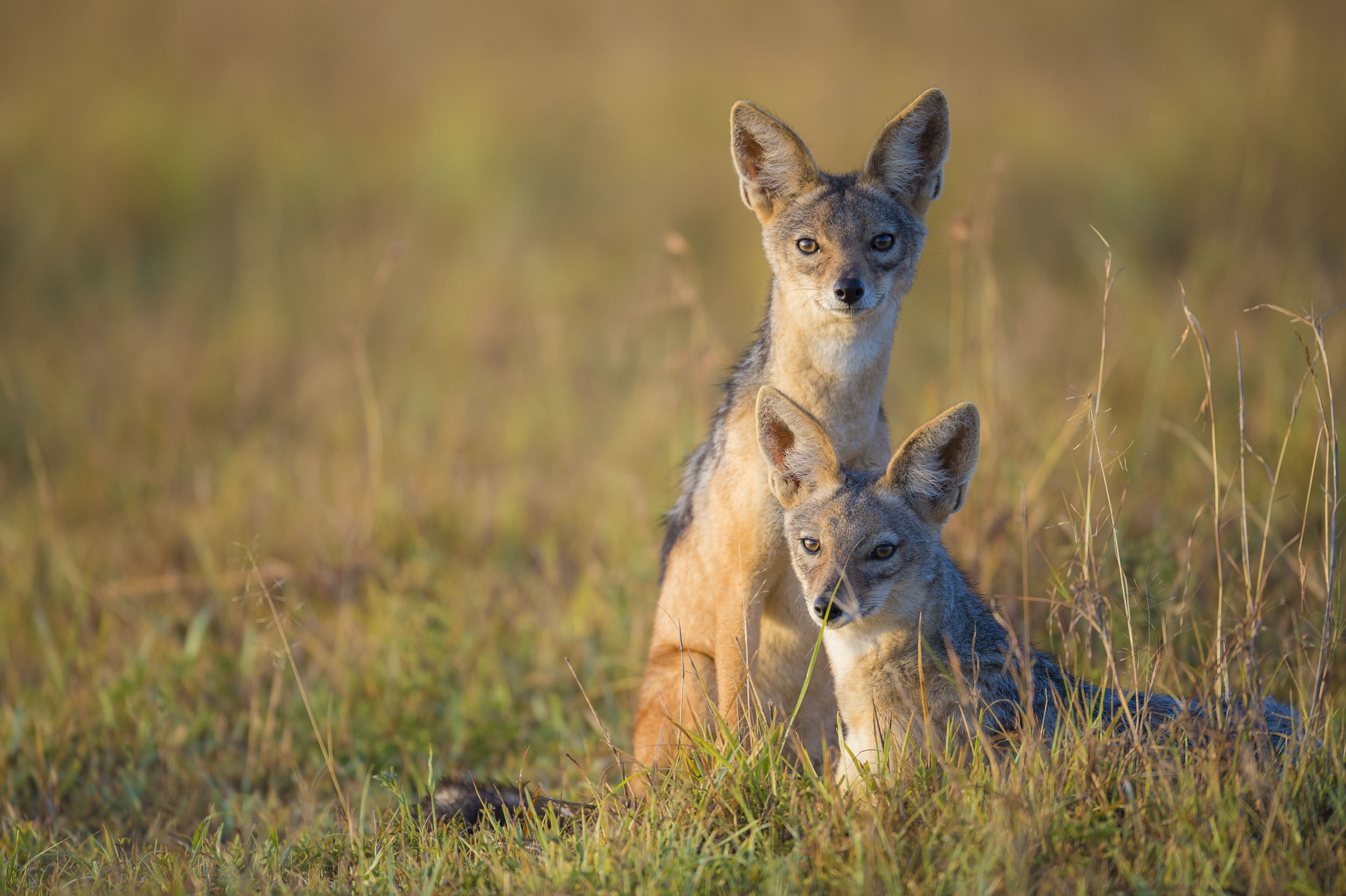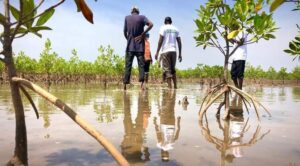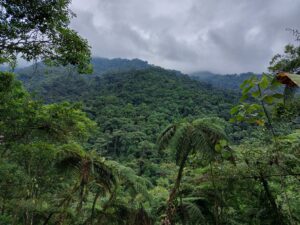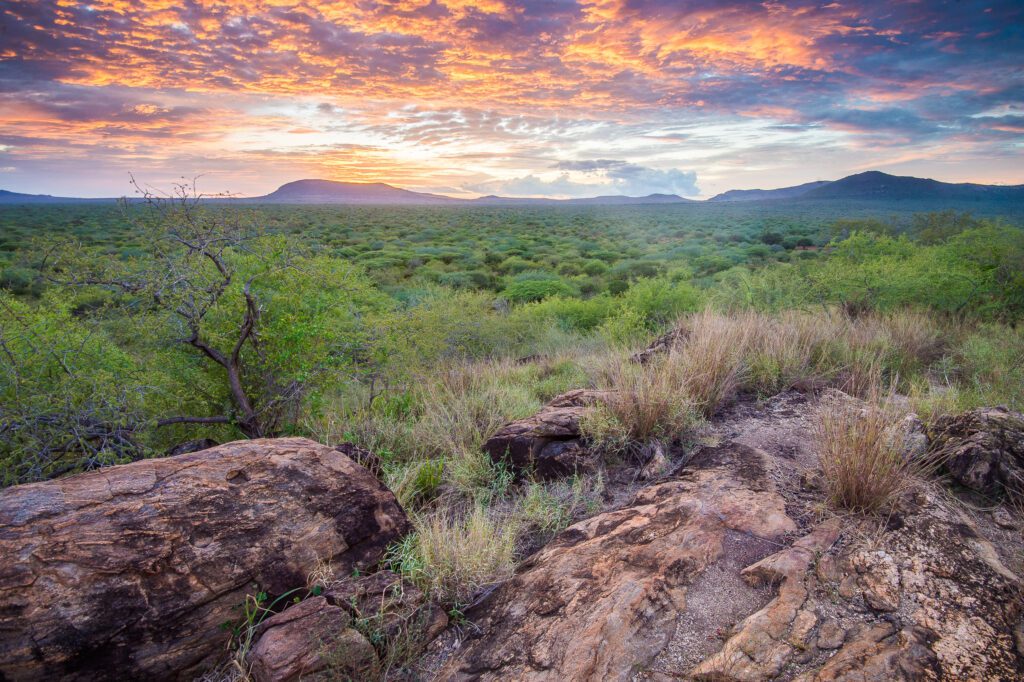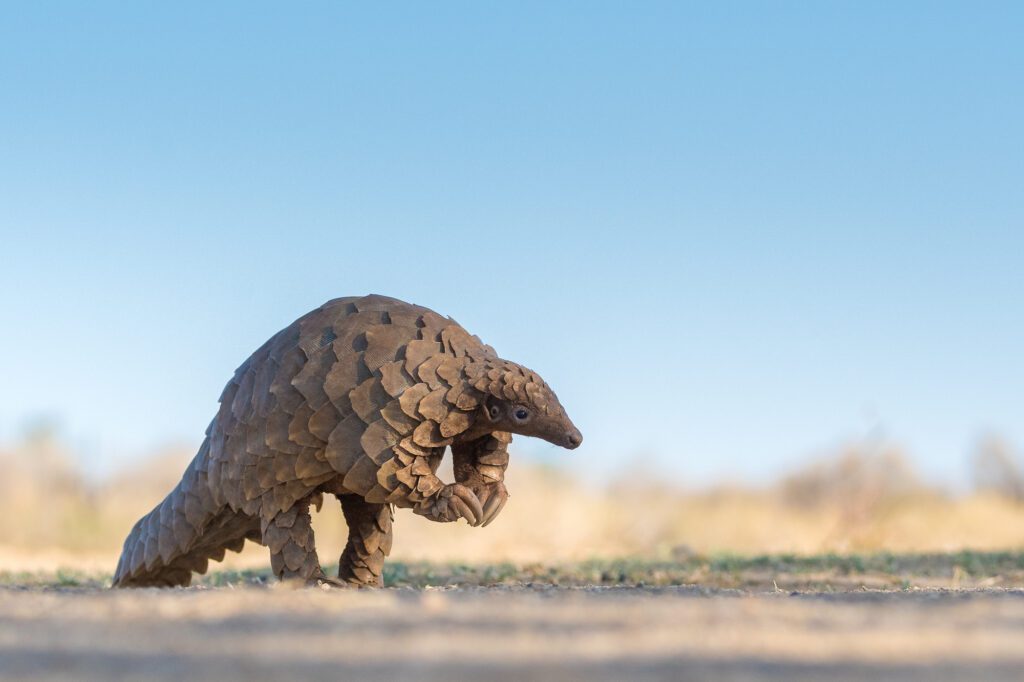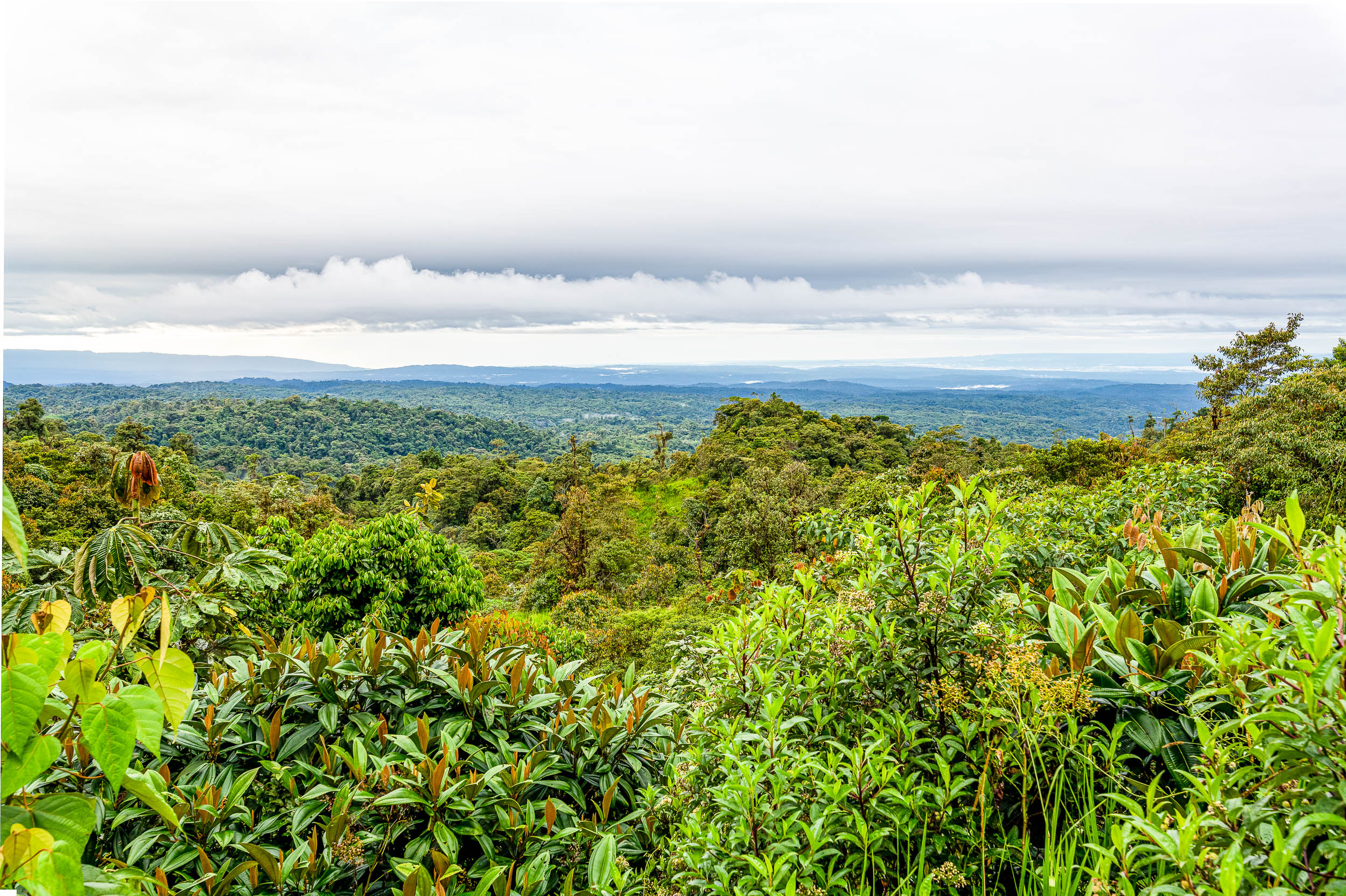Biodiversity conservation
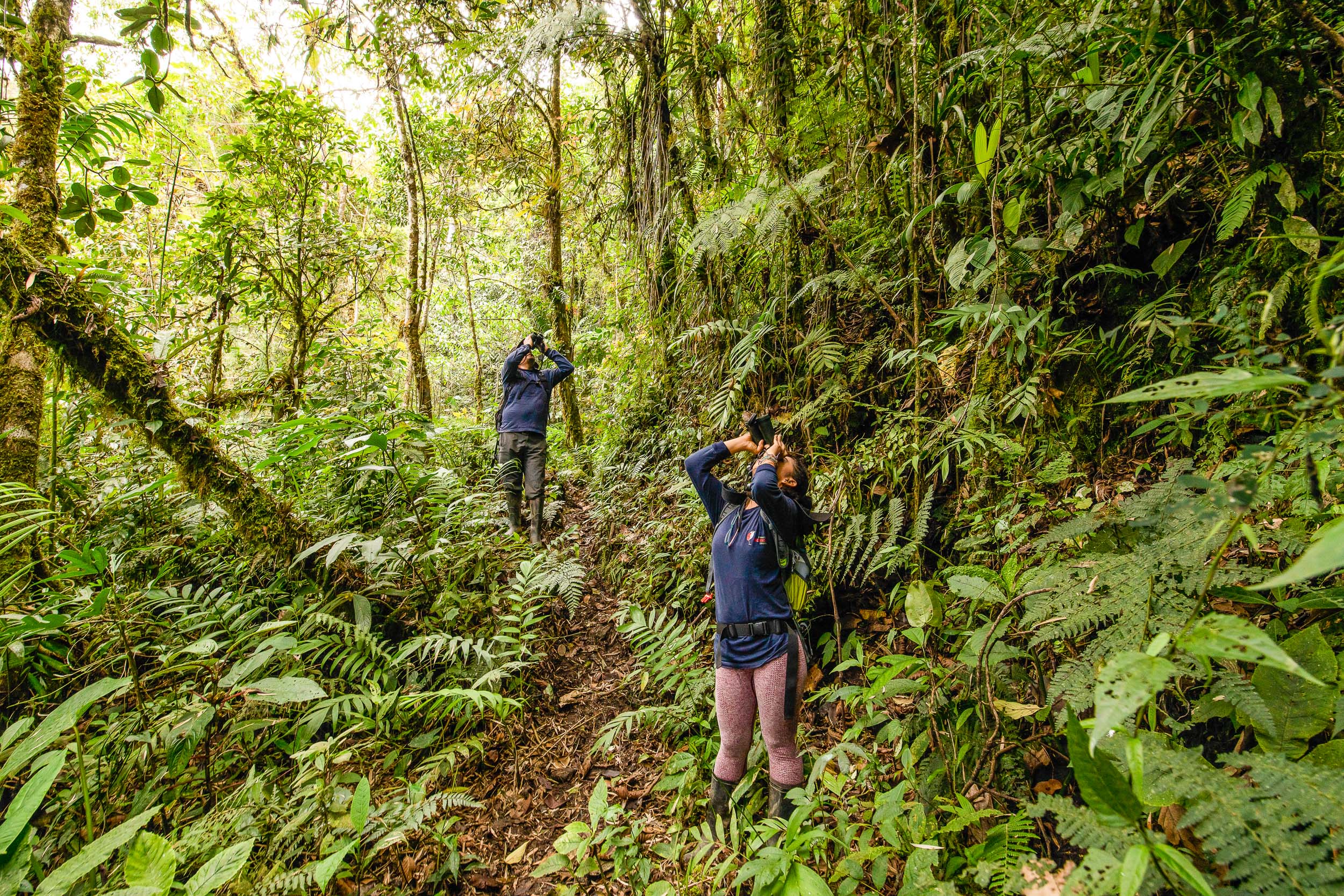
Why biodiversity conservation?
Right now, only 23% of the world’s ecosystems remain in a natural state, largely concentrated in remote regions like the Amazon and Congo basins. And even these are strongly threatened. So above anything else, our key goal is to protect what is still wild and so precious for all species on Earth.
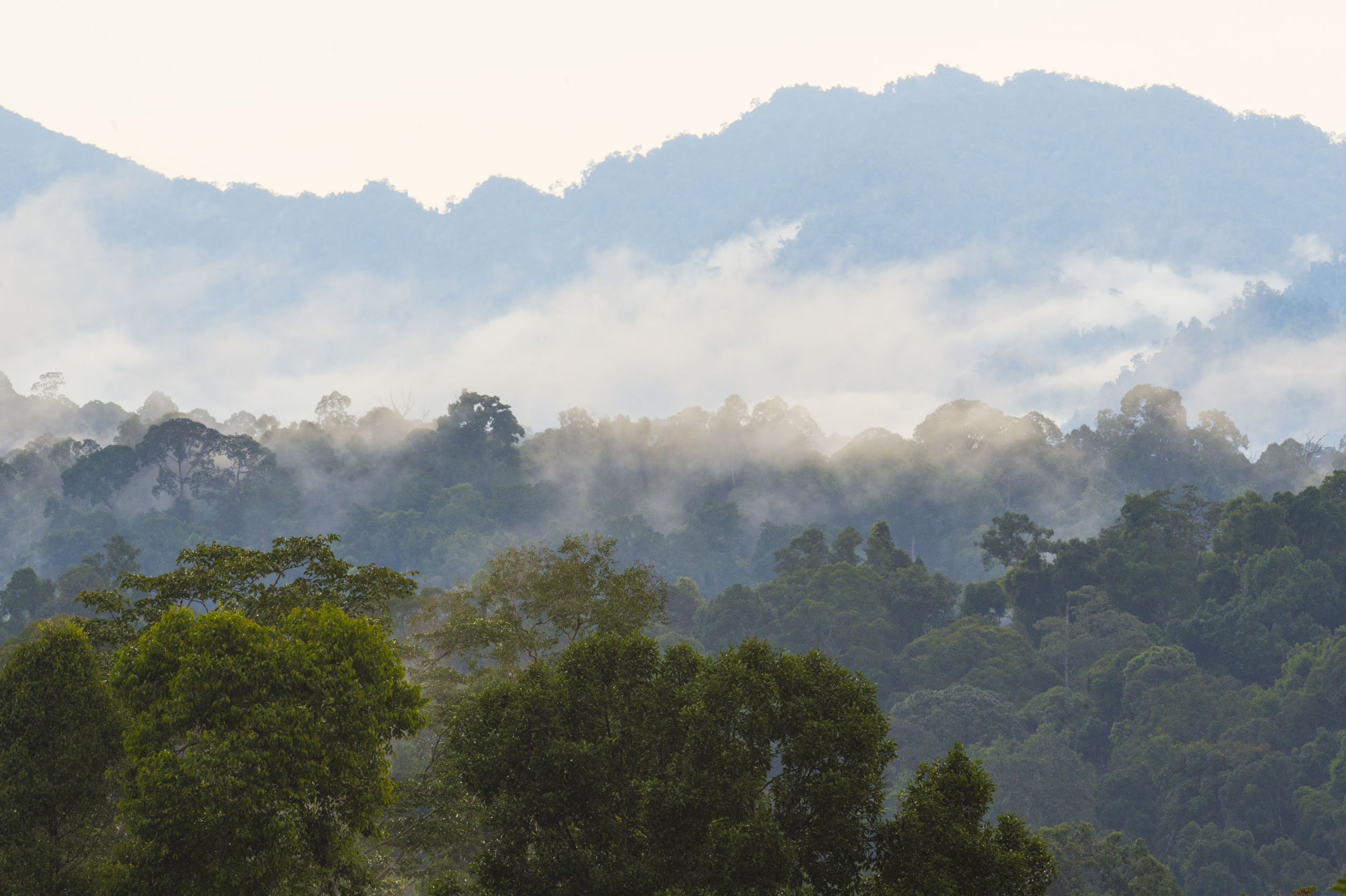
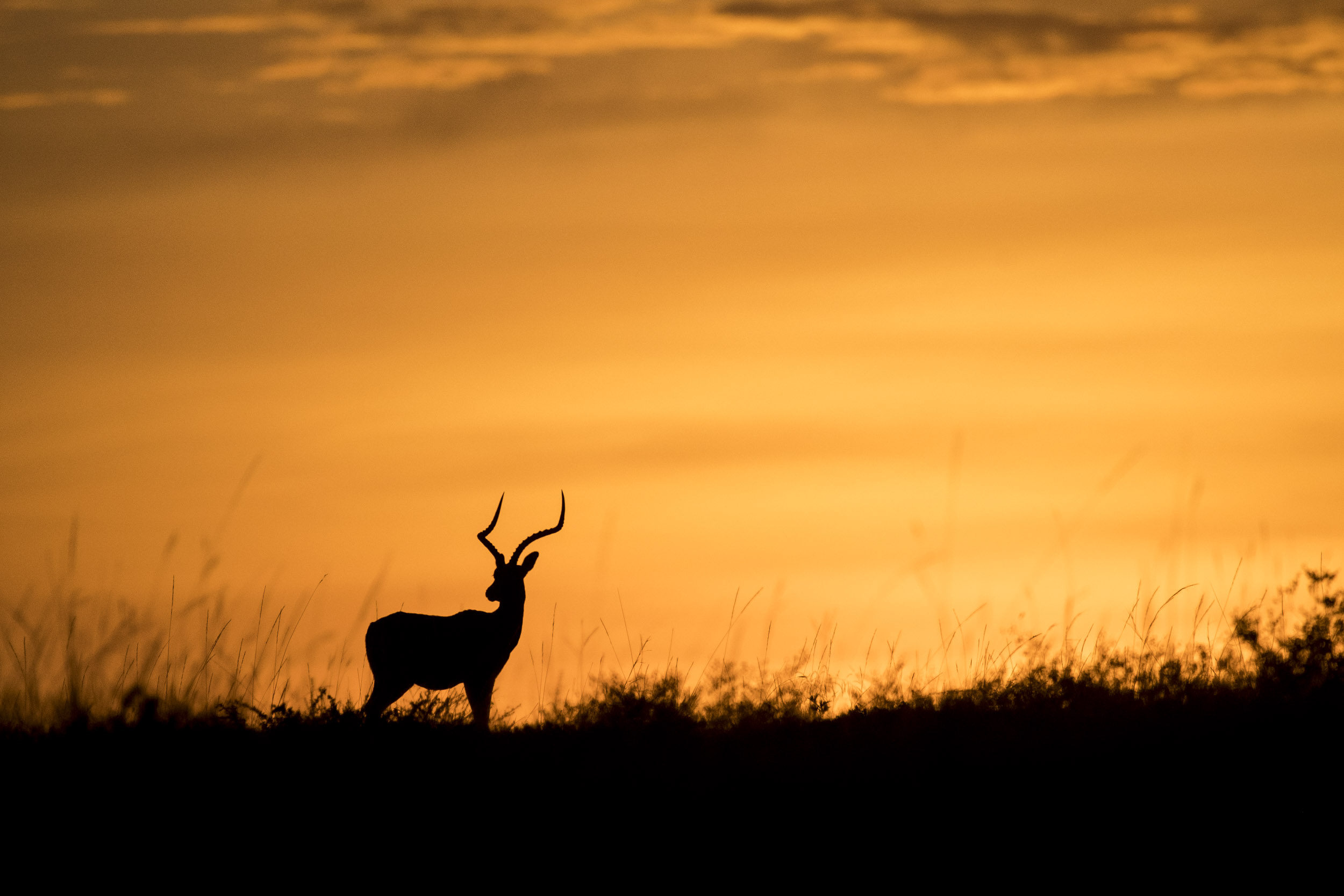
Types of projects
Here’s an overview of the different types of projects we initiate to conserve our biodiversity.
Land acquisition
We buy land rich in biodiversity in order to protect it. We’re mostly looking into key biodiversity areas and areas with a potential corridor or reserve expansion function.
Reserve management and patrolling
We work with the local communities to protect areas rich in biodiversity and to make an end to illegal poaching and logging.
Wildlife protection
Our rangers fight illegal poaching while we make sure we give endangered species every chance of survival.
Our biodiversity conservation projects
We are building a wildlife corridor connecting 3 biodiversity hotspots in the Amazon
- Ecuador
- FOREST
We protect mires and peatland in Estonia
- Estonia
- WETLAND , GRASSLAND
How conservation and restoration are linked
Our aim is to boost global biodiversity, making recovering what is lost and preserving what remains equally important. Restoration without the application of conservation measures is like keeping a bucket under a dripping tap to conserve water but not bother repairing the tap.
